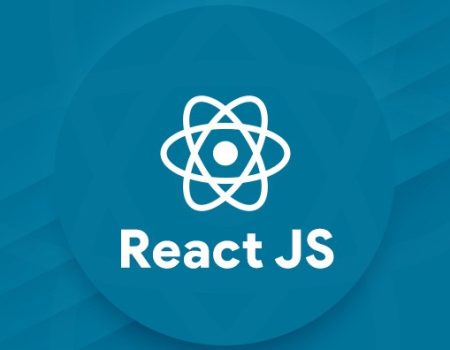React JS Development Course
Course Overview
This React JS course is designed for students and professionals who want to build powerful and modern user interfaces. React is an open-source JavaScript library developed by Meta (Facebook) that allows you to build fast, component-based web applications.

📚 What You Will Learn
React components & JSX
Props, State & Events
Conditional rendering & list rendering
Hooks: useState, useEffect, useRef
Forms, validations, and API integration
Routing with React Router
Project: Portfolio, Dashboard or E-commerce UI
🌟 Course Highlights
100% practical & project-based
Interview and GitHub portfolio support
Certificate on completion
React + Bootstrap / Tailwind basics included
In this course, you’ll learn how to work with JSX, components, state, props, and events. You’ll also explore React Hooks like useState, useEffect, and useRef, and create forms, manage user input, and connect with real APIs. You’ll implement routing using React Router and build projects like portfolios, dashboards, or admin panels.
By the end of the course, you’ll be able to build fully functional React-based websites and understand how frontend frameworks power modern web apps. A course completion certificate is provided, along with support in building a GitHub portfolio.
